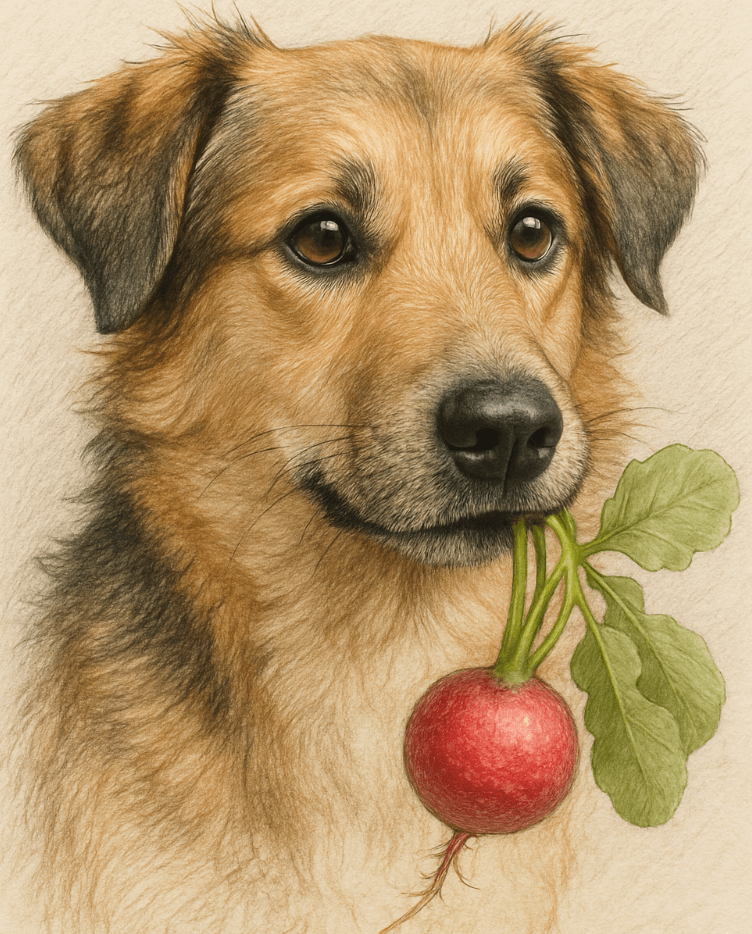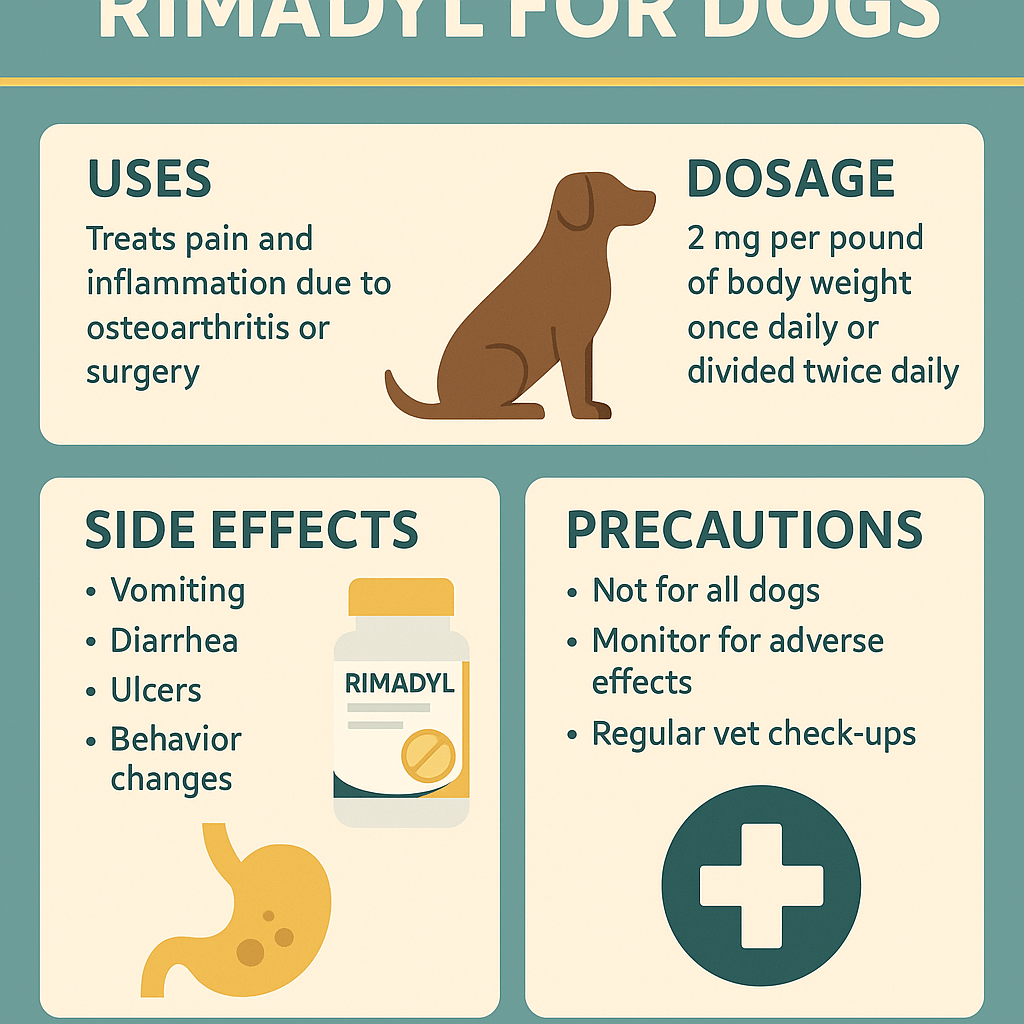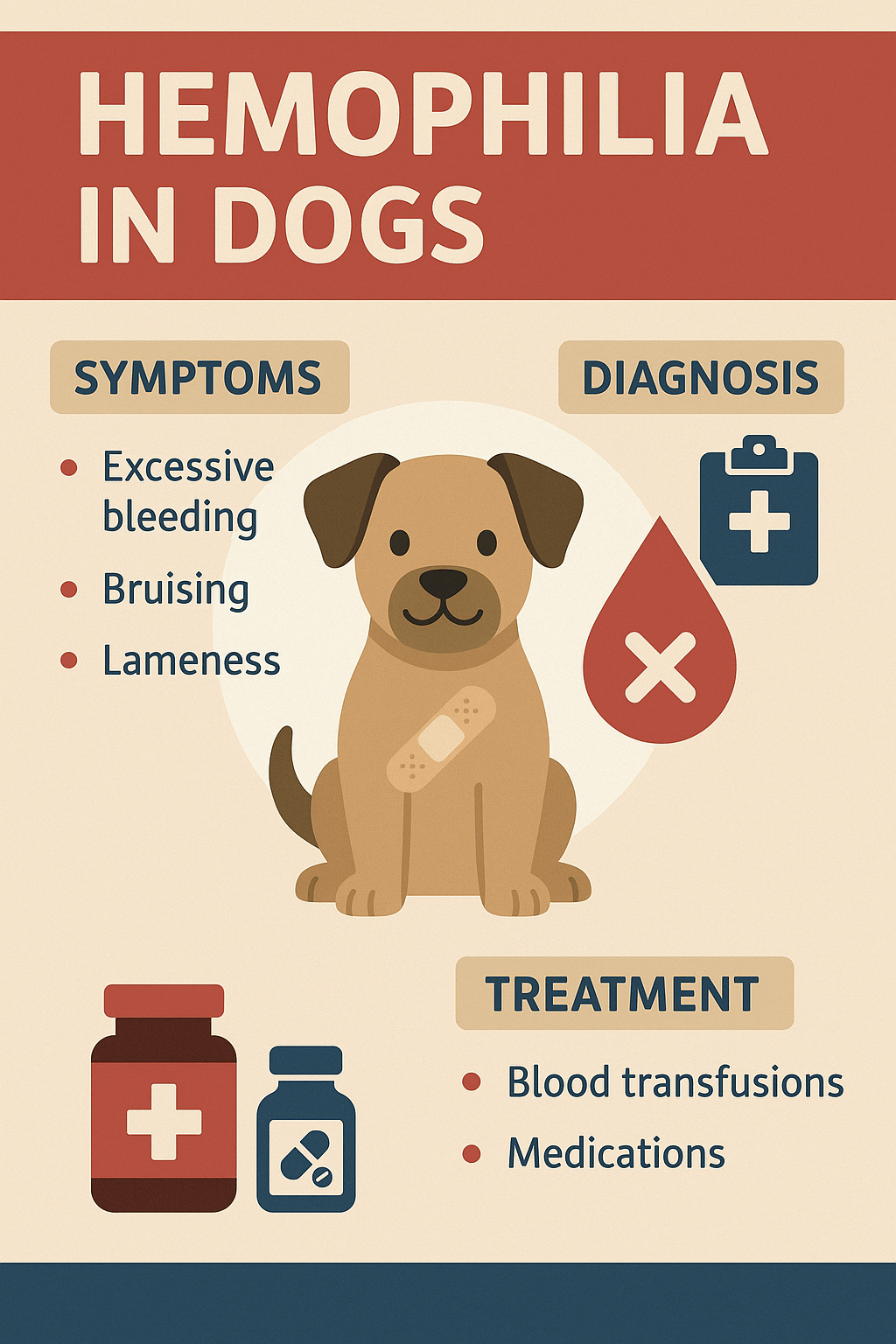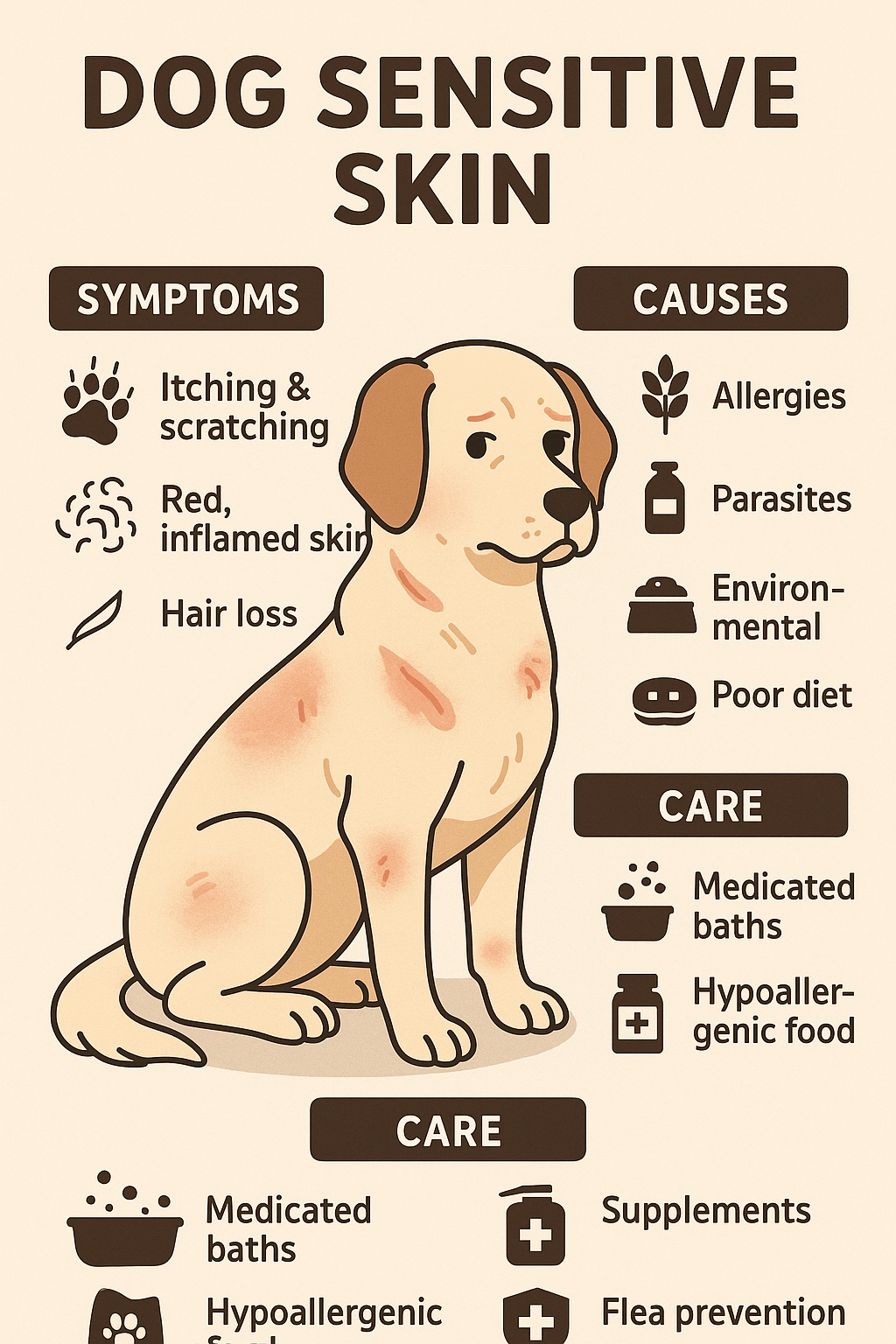Can Dogs Eat Radishes?
When it comes to sharing human food with our furry friends, pet owners often wonder what’s safe and what’s not. Radishes, those crunchy, peppery vegetables that many of us enjoy in salads or as snacks, might seem like a healthy option for dogs. But can dogs eat radishes without any risks? The short answer is yes—radishes are generally safe for dogs in moderation.
However, there are important considerations to keep in mind to ensure your pup enjoys this vegetable without any adverse effects. In this blog post, we’ll explore the benefits, potential risks, and best practices for feeding radishes to your dog. Whether you’re curious about adding variety to your dog’s diet or simply want to share a snack, this guide will help you make informed decisions.
Benefits of Feeding Radishes to Dogs
Radishes offer several health benefits for dogs, making them a nutritious addition to their diet when served appropriately. Here’s why you might consider sharing this veggie with your canine companion.
Low in Calories:
Radishes are a low-calorie treat, making them an excellent choice for dogs on a weight management plan.Rich in Fiber:
The fiber content in radishes supports healthy digestion and can help regulate bowel movements.Packed with Vitamins:
Radishes contain vitamins like C and B6, which boost the immune system and promote overall well-being.Hydration Support:
With a high water content, radishes help keep your dog hydrated, especially during warmer months.Antioxidant Properties:
These vegetables are rich in antioxidants, which help combat free radicals and reduce inflammation.
While radishes are nutritious, moderation is key to avoid digestive upset or other issues.
Potential Risks of Feeding Radishes to Dogs
Although radishes are safe for most dogs, there are some potential risks to be aware of before offering them as a snack. Understanding these risks ensures your dog stays healthy and happy.
Spicy Flavor May Be Off-Putting:
The peppery taste of radishes might not appeal to all dogs, and some may refuse to eat them altogether.Digestive Upset in Large Quantities:
Feeding too many radishes can lead to gas, bloating, or diarrhea due to their fiber content.Allergic Reactions (Rare):
While uncommon, some dogs may have an allergic reaction to radishes, resulting in itching or swelling.Choking Hazard for Small Breeds:
Whole or large chunks of radish can pose a choking risk, especially for smaller dogs.Pesticide Exposure:
Non-organic radishes may contain harmful chemicals, so always wash them thoroughly or opt for organic options.
By being mindful of these risks, you can safely incorporate radishes into your dog’s diet.
Check this guide 👉Can Dogs Have Dill? Best 7 Expert Tips!
Check this guide 👉Can Dogs Eat Lamb? Best 7 Expert Tips!
Check this guide 👉Can Dogs Eat Monterey Jack Cheese? Best 7 Expert Tips!

Safe Ways to Serve Radishes to Dogs | Foods to Avoid Mixing with Radishes |
|---|---|
Thinly sliced or chopped pieces | Onions or garlic (toxic to dogs) |
Steamed or lightly cooked radishes | Spices or seasonings |
Plain, raw radishes in small amounts | Salty or sugary dressings |
Mixed with dog-safe veggies like carrots | Dairy-based dips or sauces |
As an occasional treat, not a meal staple | Processed foods containing radishes |
How to Safely Introduce Radishes to Your Dog
Introducing new foods like radishes requires care and attention to ensure your dog tolerates them well. Follow these steps to make the process smooth and safe.
Start with Small Portions:
Offer a tiny piece of radish first to see how your dog reacts before giving larger amounts.Observe for Allergic Reactions:
Watch for signs of itching, swelling, or gastrointestinal distress after introducing radishes.Cut Radishes into Bite-Sized Pieces:
Slice radishes thinly or chop them into small, manageable pieces to prevent choking hazards.Serve Plain and Unseasoned:
Avoid adding salt, spices, or oils, as these can upset your dog’s stomach or be toxic.Limit Frequency:
Treat radishes as an occasional snack rather than a daily food item to maintain balance in their diet.
By following these guidelines, you can safely include radishes in your dog’s diet without complications.
Signs Your Dog May Not Tolerate Radishes
While most dogs can eat radishes without issue, some may experience adverse reactions. Recognizing these signs helps you act quickly if something goes wrong.
Vomiting or Diarrhea:
These symptoms indicate that your dog’s digestive system isn’t handling radishes well.Excessive Gas or Bloating:
Too much fiber from radishes can cause uncomfortable gas or bloating in sensitive dogs.Loss of Appetite:
If your dog refuses to eat after trying radishes, they may not enjoy the taste or feel unwell.Itching or Swelling:
Signs of an allergic reaction include scratching, redness, or swelling around the face or paws.Lethargy or Discomfort:
A sudden lack of energy or visible discomfort could signal an adverse reaction to radishes.
If you notice any of these signs, stop feeding radishes and consult your veterinarian immediately.
Common Mistakes to Avoid When Feeding Radishes to Dogs
Even though radishes are safe for dogs, certain mistakes can lead to problems. Avoiding these pitfalls ensures a positive experience for your furry friend.
Feeding Entire Radishes:
Whole radishes can pose a choking hazard, especially for smaller breeds. Always slice or chop them into bite-sized pieces.Adding Seasonings or Dressings:
Salt, pepper, or creamy dips can upset your dog’s stomach or even be toxic. Stick to plain, unseasoned radishes.Overfeeding:
Too many radishes can overwhelm your dog’s digestive system, leading to gas, bloating, or diarrhea.Ignoring Organic Options:
Non-organic radishes may contain pesticides, so choose organic or wash them thoroughly before serving.
Avoiding these mistakes ensures a safe and enjoyable experience for your dog.
Alternative Vegetables for Dogs
If your dog doesn’t enjoy radishes or you’re looking for other healthy options, there are plenty of dog-friendly vegetables to try.
Carrots:
Crunchy and sweet, carrots are a favorite among dogs and great for dental health.Green Beans:
Low in calories and high in fiber, green beans make an excellent snack for dogs.Cucumbers:
Hydrating and refreshing, cucumbers are a great summer treat for dogs.Zucchini:
Soft and easy to digest, zucchini is a versatile veggie that most dogs love.Pumpkin:
Rich in fiber, pumpkin helps regulate digestion and is particularly beneficial for dogs with upset stomachs.
These alternatives provide variety and nutrition while keeping your dog happy and healthy.
Fun Ways to Incorporate Radishes into Your Dog’s Diet
If your dog enjoys radishes, there are creative ways to include them in their meals or snacks.
Mix with Kibble:
Chop radishes into small pieces and mix them with your dog’s regular food for added flavor and nutrients.Freeze for a Cool Treat:
Slice radishes thinly, freeze them, and offer them as a refreshing snack during hot weather.Pair with Other Veggies:
Combine radishes with dog-safe vegetables like carrots or green beans for a colorful and nutritious mix.Blend into Homemade Treats:
Puree radishes and incorporate them into homemade dog treats for a healthy twist.Use as a Training Reward:
Cut radishes into tiny pieces and use them as low-calorie rewards during training sessions.
These ideas make feeding radishes fun and engaging for your dog while providing nutritional benefits.
Frequently Asked Questions About Dogs and Radishes
Are radishes safe for all dogs?
Yes, but always introduce them gradually and monitor for any adverse reactions.
Can puppies eat radishes?
Puppies can eat radishes in very small amounts, but their developing digestive systems may be more sensitive.
Should I cook radishes before giving them to my dog?
Cooking radishes makes them softer and easier to digest, but raw radishes are also safe in moderation.
How many radishes can I give my dog?
Limit servings to one or two small pieces per day, depending on your dog’s size and dietary needs.
What should I do if my dog accidentally eats too many radishes?
Monitor for signs of digestive upset and contact your vet if symptoms persist or worsen.
Feeding Radishes to Your Dog: A Balanced Approach
Radishes can be a healthy and refreshing treat for dogs when offered in moderation and prepared properly. Their nutritional benefits, including vitamins, fiber, and hydration support, make them a worthwhile addition to your dog’s diet. However, it’s essential to be mindful of portion sizes, preparation methods, and potential risks to ensure your pup enjoys this vegetable safely. By understanding your dog’s individual preferences and tolerances, you can confidently include radishes as part of a varied and balanced diet. Remember, every dog is unique, so always prioritize their health and happiness above all else.
Rimadyl for Dogs: Best 7 Expert Tips! Discover expert advice on using Rimadyl safely, managing pain, and improving your dog’s mobility with trusted veterinary insights.
Can Dogs Have Tylenol for Pain? Best 7 Expert Tips! Discover the risks, safe alternatives, and expert advice on managing your dog’s pain effectively while avoiding harmful medications.
Understanding Hemophilia in Dogs: Best 7 Expert Tips! Discover expert advice on managing hemophilia, recognizing symptoms, and ensuring your dog’s well-being with practical care strategies.
Understanding Dog Sensitive Skin: Best 7 Expert Tips! Discover expert advice on managing dog sensitive skin, relieving irritation, and improving your pup’s comfort with practical solutions.




